Table of Contents
-
First Signs
-
ADD vs. ADHD
-
Difference between ADD and ADHD in a child
-
Common Symptoms of ADHD
-
ADHD in Societies
-
Tests
-
What causes ADHD?
-
Medications
-
Side effects
-
Alternative treatments
-
Non-Medical Interventions
-
What happens if you do not treat ADHD?
-
Teenagers with untreated ADHD
-
Combat ADHD / Attention Deficit Hyperactivity Disorder Today!
First Signs

It’s difficult to know for sure if your child is suffering from ADHD. This condition can also escalate into teenage years and adulthood. Early signs of ADHD in children can be subtle yet impactful—ranging from persistent inattention and impulsivity to emotional outbursts and difficulty following routines. These behaviours may be mistaken for typical childhood challenges, but when they persist across settings for more than six months, they warrant closer attention.
For a detailed overview of how these symptoms present in early childhood and what caregivers should look out for, explore our guide to ADHD symptoms in children.
In a child aged 2-3 years old, the main symptoms are: Inattention, Hyperactivity and Impulsivity. Since these symptoms also occur in kids without ADHD it is important to note that a diagnosis of the condition will be made if the symptoms persist for more than six months. Doctors would also take into consideration their abilities to participate in age-appropriate activities.
A diagnosis at this age is best made by a child psychiatrist or a pediatrician specializing in behavior and development.

ADD vs. ADHD
In the early days, ADHD was also referred to as ‘Attention Deficit Disorder’(ADD). ADD is a milder representation of the symptoms of ADHD sans the hyperactivity and is more often seen in girls. Currently, ADD is no longer considered a medical diagnosis and doctors have been using the term ADHD to describe both the hyperactive and inattentive types. There are 3 types of ADHD:

|
|
The symptoms vary in each individual and can be difficult to diagnose. So, how can you differentiate whether a child is suffering from ADD or ADHD? ADD doesn’t involve constant fidgeting and hyperactivity, there is a blurry distinction between the two.
Difference between ADD and ADHD in a child:
|
Symptoms |
ADD |
ADHD |
|
Inattention |
|
|
|
Impulsivity |
|
|
|
Hyperactivity |
|
|

Common Symptoms of ADHD
|

|

|
|
|

|

ADHD in Societies
A child with ADHD can cause a lot of anxiety and concern to the people around him, especially his family, friends and the community in which he lives. It does impact social relationships, academic difficulties and strained parent-child relationship.
Children continue to show significant symptoms as adults and stand the risk of long term negative outcomes like lower educational and employment attainment. Predominant symptoms of ADHD in an adult include the following:
 |
 |
| Indiscipline: The adult will display chronic lateness and forgetfulness, disorganized, procrastination. | Emotional imbalances: The adult will show anxiety, trouble controlling anger, depression, mood swings, low self-esteem |
 |
 |
| Social imbalances: They will also display relationship problems, problems at work. | Behavioral imbalances: Addictions, substance abuse, chronic boredom, can’t focus on tasks like reading are common symptoms of ADHD in adults. |
But, how do you know for sure that someone is suffering from ADHD? Fortunately, there are tests that can be considered and treament options are also available.

Tests
There is no single test to diagnose ADHD. Children will have to be observed for over a period of 6 months, the symptoms must be present in more than one setting and also present since the age of 12. Depending on the number and type of symptoms, a child will be diagnosed with one of the three subtypes of ADHD.
Professionals can diagnose ADHD using the standard guidelines from the American Academy of Pediatrics or The Amercian Psychiatric Association’s Diagnostic and Statistical Manual. It involves intense and wide data gathering regarding the behaviour of the child from people of various platforms that the child is exposed to.
This behaviour is then compared to the behaviour of an average child and standardized rating scales may be used to document the behaviour.
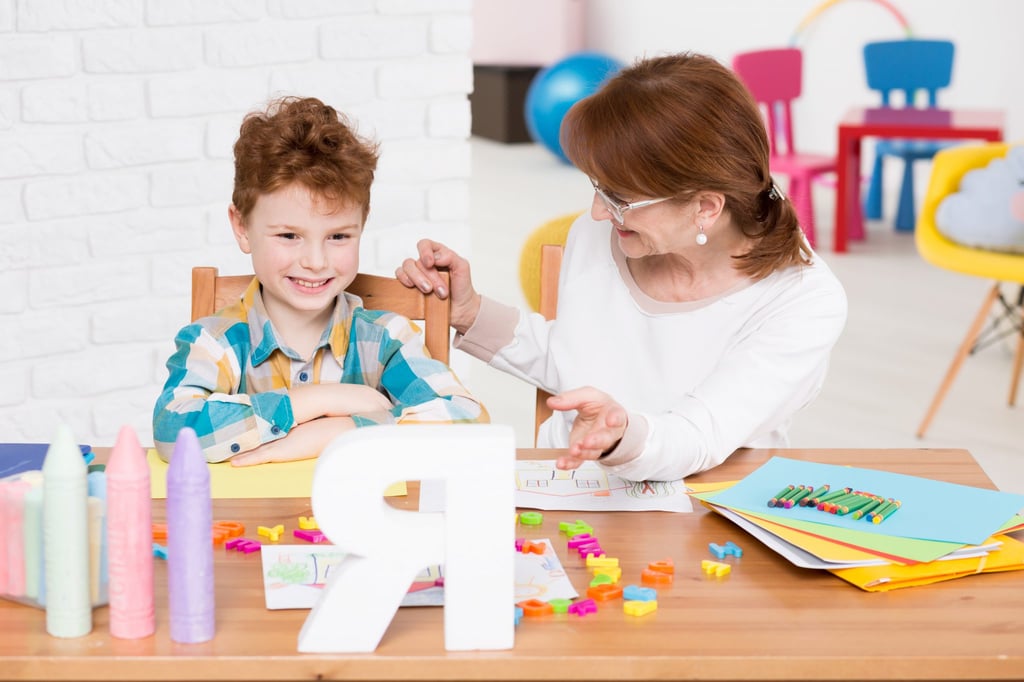
To diagnose ADHD, a child should also:
- Receive a full physical exam : This includes vision and hearing tests as well.
- Neuropsychiatric EEG-Based Assessment Aid (NEBA) system : This is noninvasive scan that measures theta and beta brain waves. ADHD is diagnosed in children/ adolscents who have a high theta/beta ratio. This is an approved scan meant to be used for a complete medical and psychological exam for those aged between 6 to 17 years.
The doctors would also assess and take into consideration the complete medical history of the child before making an analysis. It is important to note that there are certain circumstances that mimic ADHD symtoms, and therefore healthcare providers check for the following during the diagnosis:
- Sleep problems
- Anxiety
- Depression
- Lead toxicity
- Thyroid problems
- Undetected seizures
- Major life changes
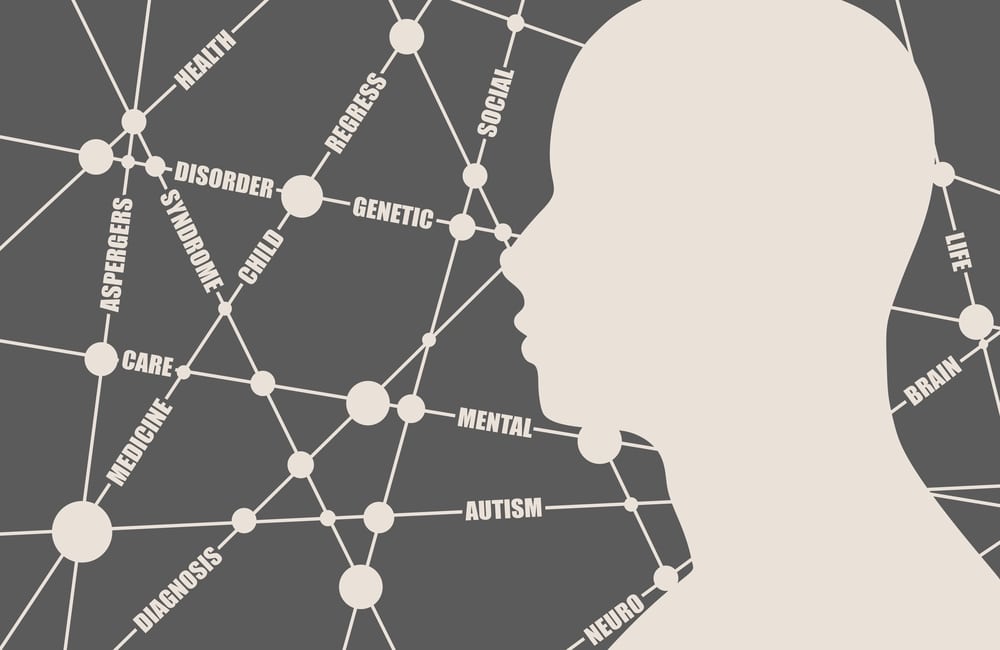
What causes ADHD?
Research suggests that ADHD is largely caused by genetic disorders. It also claims that environmental factors play a role as well.
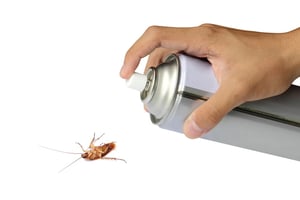 |
Link between ADHD and pesticidesAlthough not proven, some studies suggest a link between ADHD and pesticides. In a certain study in 2010, children with higher urine levels of organophosphate, (a pesticide) had higher ADHD rates. Another 2010 study showed that women with higher urine levels of organophosphate were more likely to have a child with ADHD. Experts recommend buying organic fruits and vegetables especially for those areas prone to high levels of pesticides. |
 |
Smoking, drinking in pregnancyA child exposed to tobacco and alcohol prenatally is more likely to have ADHD than those who are not. Fetal alcohol syndrome or fetal alcohol effects manifest in children who are exposed to alcohol while still in the womb. Ultimately, these children will display symptoms of ADHD. |
 |
Lead exposureResearch has shown that children with high blood-lead levels show symptoms of ADHD. Although Lead, a neurotoxin has been removed from homes and schools, traces of it are still everywhere. |
 |
Food AdditivesPreservatives have been banned in many countries after research linked hyperactivity with children exposed to food mixtures that contained certain artificial food colours and the preservative, sodium benzoate. Experts maintain that additives are safe when used properly and most additives are not required to mention on packaging. It is better to consult with a doctor before putting your child on a particular diet. |
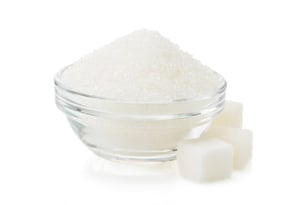 |
SugarResearch has not been able to prove the link between sugar and hyperactivity. Even though most parents believe that sugar impacts the behaviour of children. In a study it showed that mothers who thought that their kids had sugar rated their behaviour as hyperactive regardless of whether they had sugar or not. Sugar may be limited due to calorie consumption or dental cavities but not due to ADHD. |
 |
TV or Video GamesChildren who have more screen time tend to have more attention problems than those who do not. But they is no clear link between screen time and ADHD. More research is required to determine whether screen causes the condition or whether children with ADHD gravitate more towards such activities. |
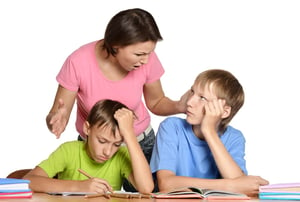 |
Bad ParentingIt’s not uncommon to blame parents for bad behaviour and most ADHD symptoms can be confused for bad or rebellious behaviour. There is no evidence that parenting styles can contribute to ADHD, says National Resource Centre on ADHD. While parenting styles can aggravate ADHD behaviour, it is not the cause for ADHD. Although a more stressful home environment can or parents who refuse to accept the ADHD condition can make the symptoms worse. |
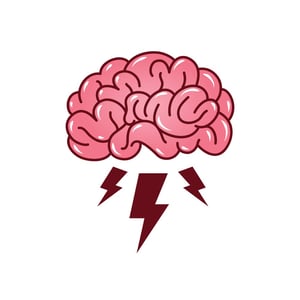 |
Brain injuryAccording to the National Institute of Mental Health, children who have suffered a small amount of brain trauma may show symptoms similar to ADHD. But only a small percentage of children with ADHD have suffered from brain trauma. Experts don’t consider brain injury a serious risk factor to ADHD. |
 |
DietResearch has been unable to support the idea that diet plays a significant role in ADHD. But studies have proven that children with diets rich in fat, refined sugar and sodium are two times more likely to be diagnosed with ADHD as compared to other kids. Further research has linked ADHD symptoms to diets deficient in omega-3 fatty acids, which are important for brain functions and development. |
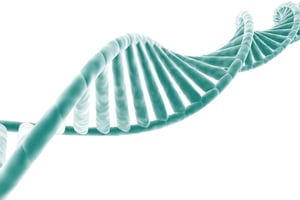 |
GenesStudies have shown that ADHD is highly heritable. In fact, it is one of the most heritable psychiatric disorders. A child with ADHD has a chance of having a relative who also has been diagnosed with ADHD. Current research is focused on finding the exact genes that are responsible for ADHD. |
 |
Over diagnosisA lot of debate is present on whether ADHD is over diagnosed. There are doctors who are quick to diagnose ADHD without considering other causes. |
 |
Chemical ExposureResearchers are looking at other chemicals being probable causes for ADHD. Some Industrial compounds used in food packaging, stain resistant coatings, toys and cosmetics. However, only a correlation is found and there is no proof that these chemicals contribute to ADHD. |
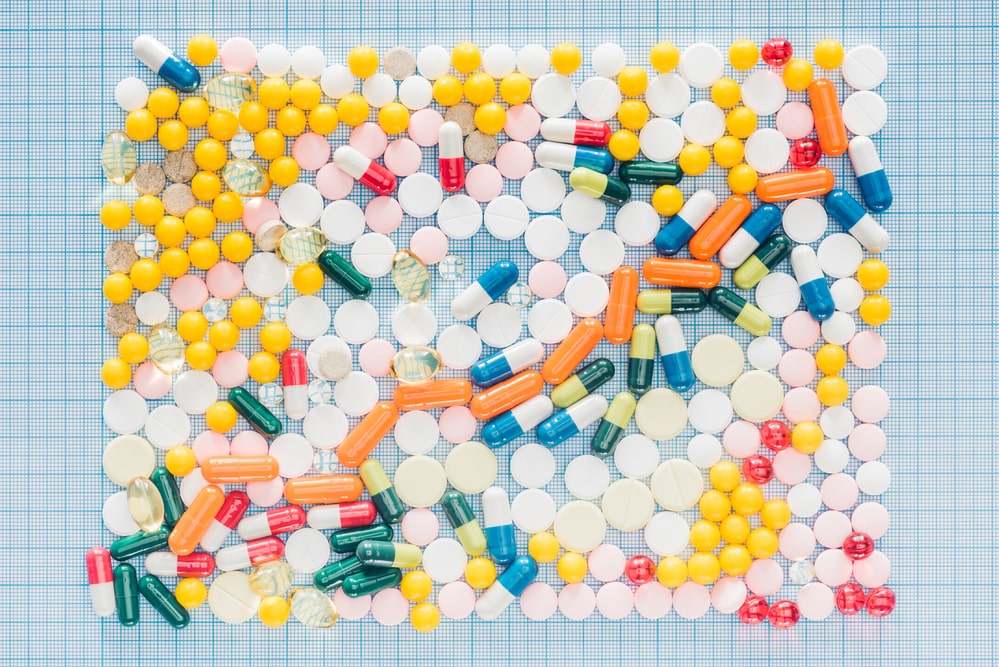
Medications
It is a relief to note that medications are available but they may cause side effects. These medications help to balance and enhance neurotransmitters thereby improving symptoms. Stimulant medicines work for about 70-80% of people. They can be used to treat both moderate and severe symptoms of ADHD.
Some stimulants are approved for children over age of 3 and children over the age of 6 respectively. These medicines help children, teens, adults who have a hard time at work, home or school. Medicines come in different forms:
|
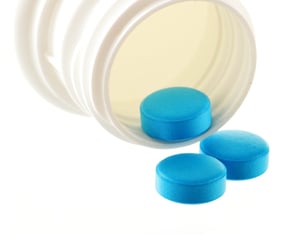 |
Types of medications available for ADHD are:
| 1. Stimulants: This medication helps to Improves focus and ignore distractions. Some Examples of stimulants are: Amphetamine or Adderall, Amphetamine or Adzenys, Dextroamphetamine or Dexedrine. | 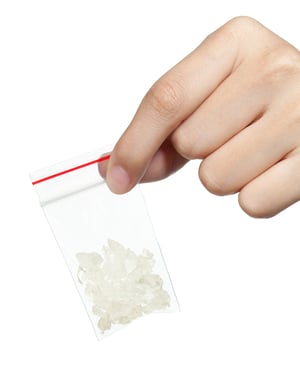 |
|
2. Non-stimulants: When the side effects from the stimulants are high, this medicine can help to stem down the side effects. Some examples of non-stimulants are:
|
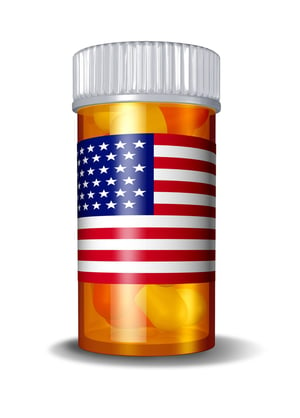 |
There are other medicines as well. Doctors may prescribe these for the following reasons:
- Stimulants and non-stimulants don’t work
- If they cause side effects that you can’t live without
- If you have other medical conditions
The alternative medicines include Amitriptyline, Bupropion, Escitalopram, Venlafaxine.
Side effects
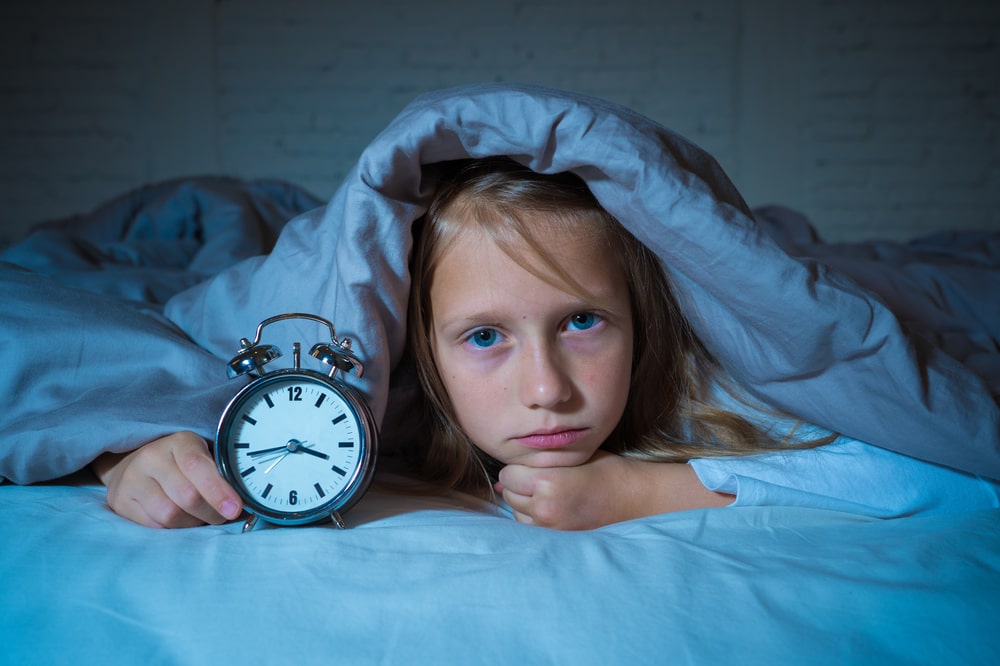
These medications may cause side effects such as sleep problems, suicidal thoughts, heart problems, loss of appetite and mood swings. There is not enough research done to prove the long term effects of these medications.
However, some studies found that there was no significant improvement in behaviour and attention problems in children from ages 5 to 14. Their self-perception, self-esteem and social functioning didn’t improve either.
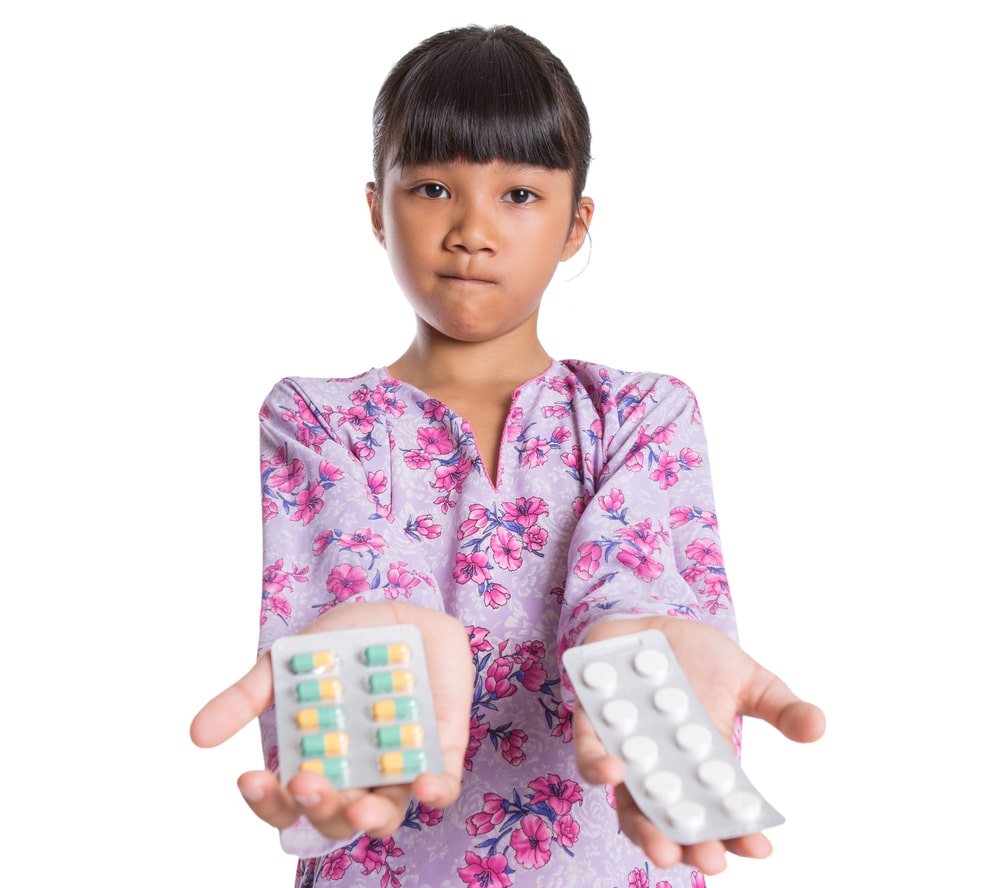
Your doctor can help you to reduce your side effects. He may change the medication dose. Alternatively, he could also adjust the frequency and time you take it. He may also decide to try an alternative medicine.
Before making any changes in medication, a doctor needs to be consulted. Any change without the doctor’s advise can cause dangerous side effects.
Alternative treatments
There are alternative treatment available to manage the symptoms associated with ADHD:
 |
 |
|
Avoid food coloring Certain food colorings and preservatives may increase hyperactive behaviour in children and should be avoided. |
Avoid potential allergants If you child suffers from allergies, it would help to follow a diet that restricts those allergens. This would definitely help in improving symptoms. If you’re not sure, it’s best to check with the doctor. |
 |
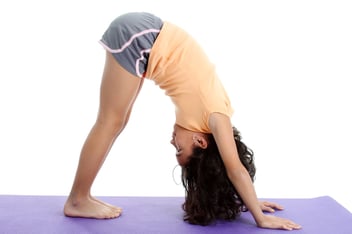 |
|
Try EEG biofeedback This is a type of neurotherapy that measures brain waves. Recent studies suggested that brain training was a promising treatment for ADHD. |
Consider a yoga or tai chi class Research has shown that sympoms of hyperactivity, anxiety and social interactions improved with the practice of yoga or tai chi. |
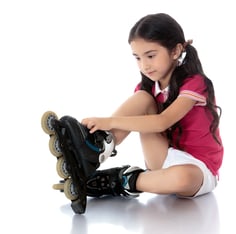 |
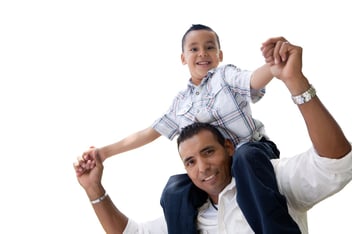 |
|
Spend time outside Several studies claim that time spent in nature and open spaces improve the symptoms of ADHD significantly. |
Behavioural or parental therapy The American Academy of Pediatrics recommends that behavioural therapy be the first step in treating ADHD in children. Behaviour therapy and medication work well together and can be a powerful tool in helping a child improve symptoms. |
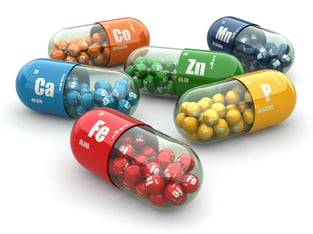 |
|
|
Supplements Zinc, Vitamin B-6, magnesium and L- carnitine supplements work well with symptoms of ADHD(check with a doctor first). Herbs like passionflower, ginkgo and ginseng may also help calm hyperactivity. |

Non-Medical Interventions
To promote more successful social interactions, non-drug interventions for ADHD include making adjustments in the environment. Creating more structure and encouraging routines can have an important impact on behaviour. Some help in organising their lives will go a long way in making things easier for children with ADHD. You can:
| Create a schedule. Encourage your child to have a regular routine on a daily basis including play time, time for chores and important tasks like homework. | 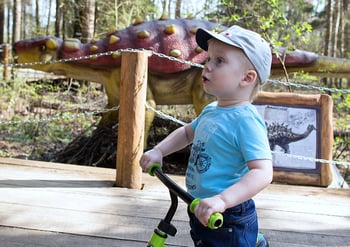 |
| Help your child organize everyday items. Declutter at home and organise a specific space for specific things. This will help them to find and locate things more easily, thereby reducing frustration which can trigger bad behaviour. |  |
These children generally need rules than they can follow. Ensure that the rules you put down are consistent and reward them for following the rules.
What happens if you do not treat ADHD?
 |
|
 |
|

Teens will continue to struggle in high school, especially since the workload is more intense. If they have already done poorly in school for years, they aren’t likely to catch up. They will have poor grades consistently. Teens may also struggle with relationships and may turn out to be loners. These teens will also have parental issues.
|
When ADHD is left untreated in teens, it may lead to behaviour that could be potential dangerous, like:
|
 |
Among girls with untreated ADHD, eating disorders are more prevalent. Some of these problems may be linked with depression or low self-esteem.
Promoting ADHD/Attention Deficit Hyperactivity Disorder Awareness

Every child is unique in their own way and it is our responsibility as parents, teachers, guardians, or caregivers to nurture their innate passions and aptitudes. Guidance will help channel their energies well and gear them towards their various development milestones with more ease.
Most importantly, showing a child unconditional love and acceptance will definitely go a long in reducing symptoms and raising a more confident, healthy child.
Using Digital Therapeutics to Help Reduce Attention Difficulties in Children
Did you know that there is a digital intervention training programme designed to address attention difficulties in children?
CogoLand is a patented digital attention training programme based on Brain-Computer Interface (BCI) technology developed through a decade’s worth of extensive research that improves attention in children. The technology is developed at A*STAR’s Institute for Infocomm Research (I2R), as a result of a collaboration between IMH and Duke-NUS Medical School in Singapore. Clinical trials suggest that CogoLand is suitable as an option for mild-to-moderate ADHD cases in children that are predominantly in the inattentive state.
Click the White Paper below to learn more about Cogo!
More Children Cognition Articles!

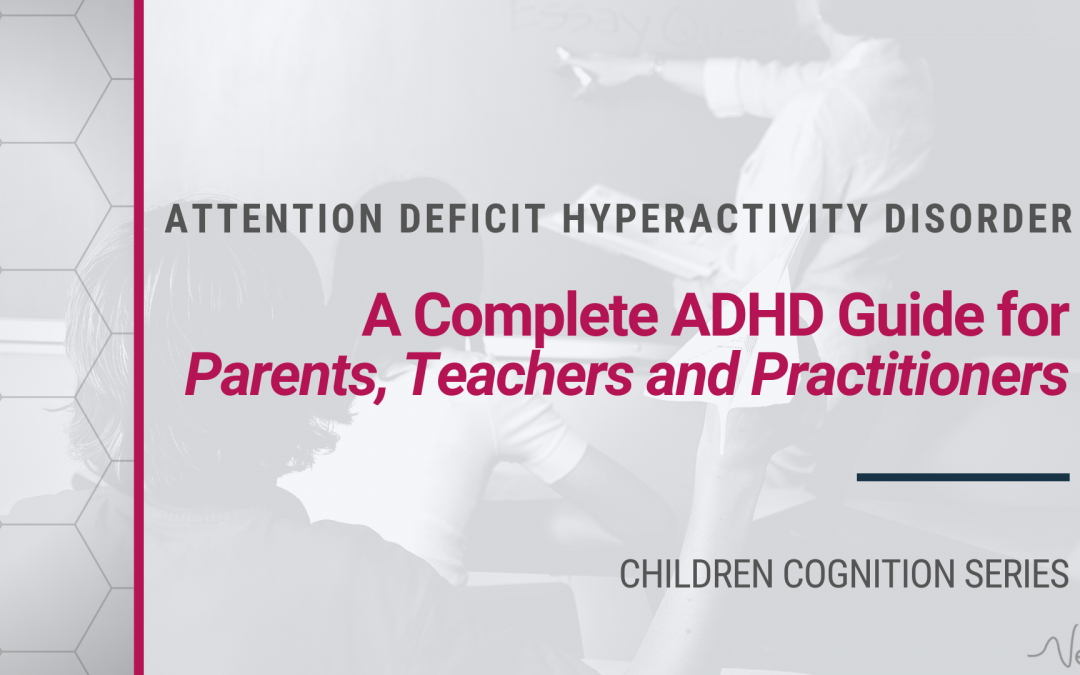




Leave a Comment